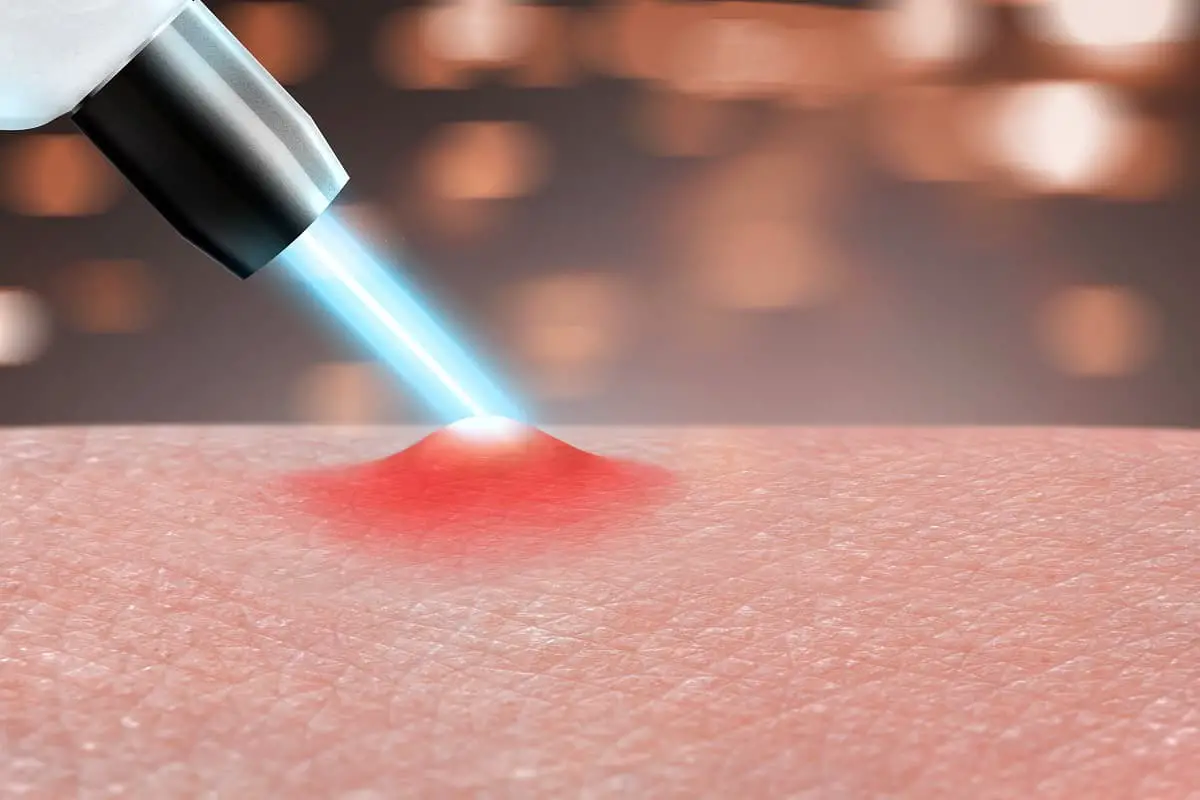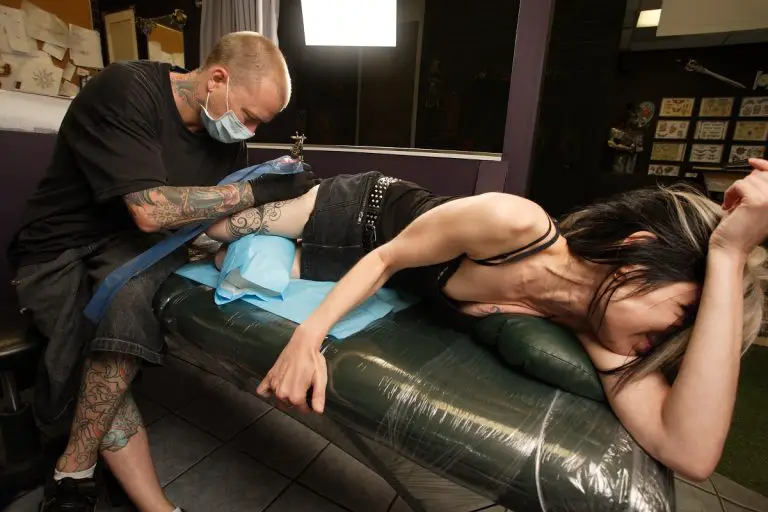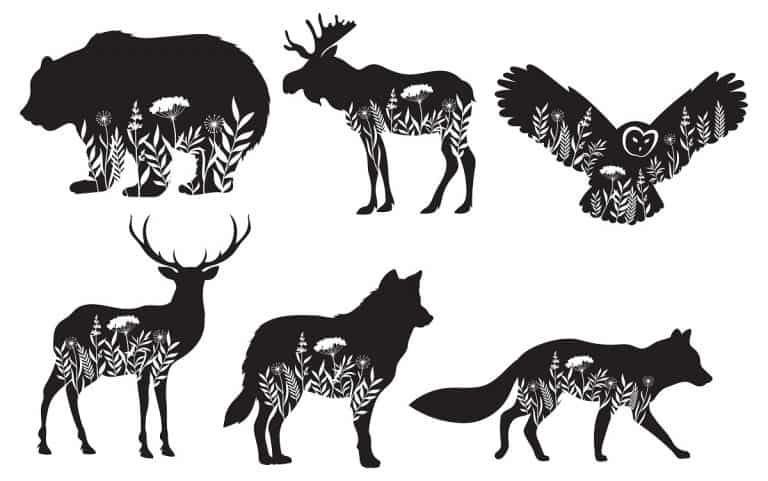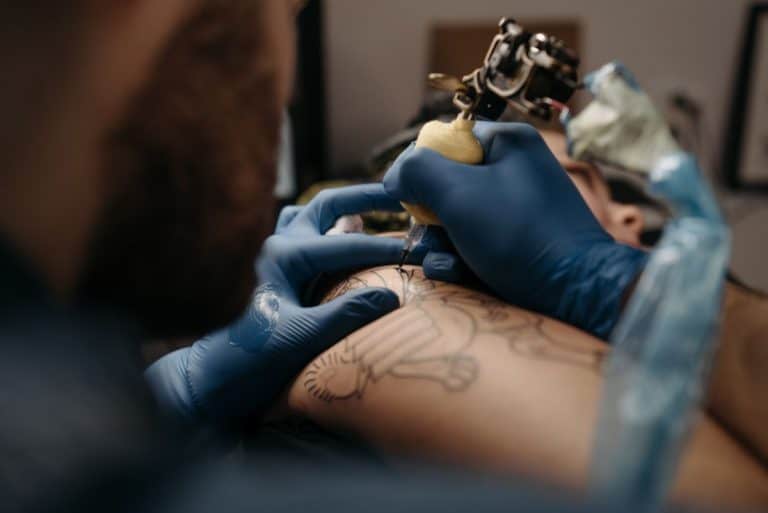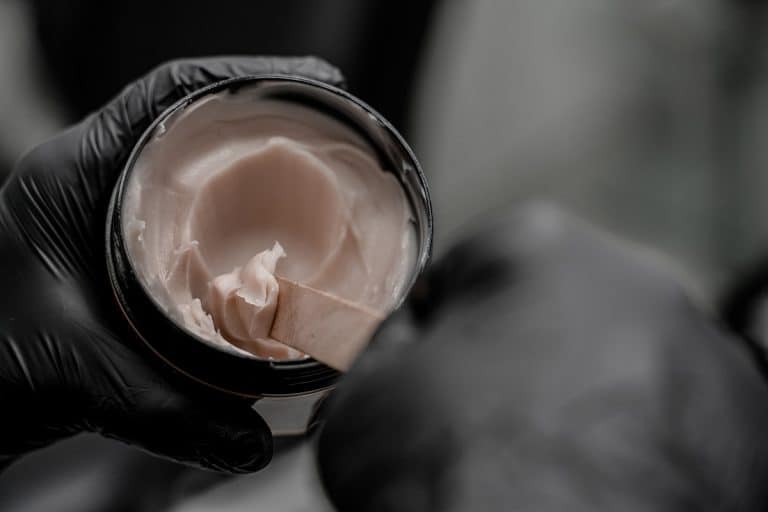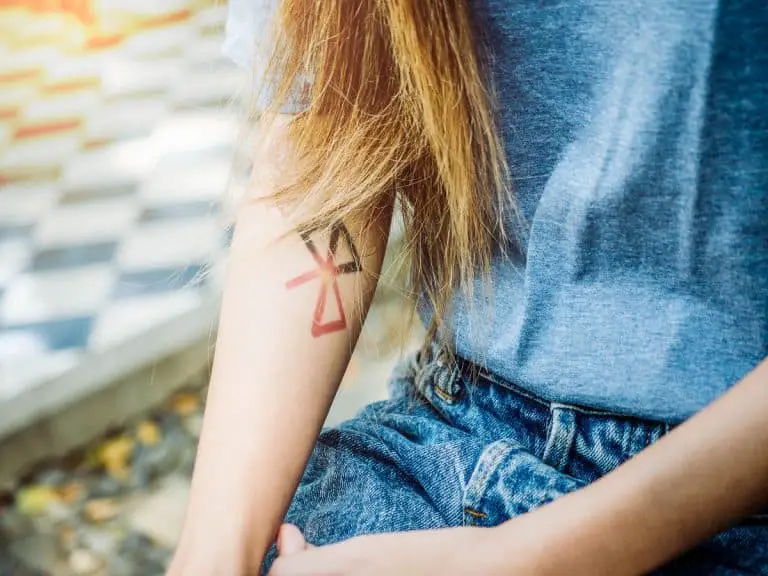How To Treat Blisters After Tattoo Removal?
When you get a tattoo, the general idea is that the tattoo is permanent and will stay with you for the rest of your life. Sure, it almost sounds like people develop a romantic relationship with their tattoo, but truth to be told, one can get pretty attached to their body art. Tattoos become a part of you, literally and figuratively.
But, what happens when your tattoo doesn’t turn out as you wished, or it all gets messed up due to certain complications? Well, whenever something creates problems in your life, the best thing is to get rid of it. So, in case of a bad tattoo, the best thing to do is either conceal it with a new one or get rid of the tattoo for good.
Now, if you’re reading this, you’re either thinking about getting a tattoo removed, or you’ve done it already. Either way, you need answers.
The formation of blisters, a sad side effect of tattoo removal, is completely normal. But, how do you treat those blisters? No one wants a scarred reminder of what used to be a tattoo. So, in the following paragraphs, we’ll dive into some tips and tricks on how you can promote blister healing quickly and effectively.
Tattoo Removal Blisters: Explained
Why Do Tattoo Removal Blisters Appear?
When it comes to the reason why blisters appear after a laser tattoo removal procedure is complete, they can be completely tied down to the laser itself. The laser machine is designed to locate the pigment in the skin and uses heat to diffuse the pigment and disperse it in the skin. As a result, the tattoo is gone completely in the majority of the cases.
However, because of the heat the laser uses, it does damage the skin. Therefore, once the laser is done, the skin will start to heal, and one of the first sign of healing are blisters. Alongside blisters, there can be scabbing and crusting too.
Blisters, scabs, and crust are all a good sign; when they occur, it means there is a new layer of skin being formed and the treated area is healing. The reason blisters occur themselves is more of a protective nature. The bubbles the blisters cause are a form of skin protection; the bubbles are preventing germs and bacteria from entering the treated area and causing infection.
How Long Do Blisters Stick Around?
Once the laser removal process is done, in the place where the tattoo once was, blisters will appear. From the moment they appear to the moment they turn into scabs and crusts and fall off, you will have to wait between a few days to a few weeks. To be more precise, the longevity of scabs depends on numerous things;
- The severity of the blisters
- The type of the tattoo that was removed (the color of the ink)
- The placement of the former tattoo
Now, if the tattoo was placed somewhere highly sensitive, where the skin is thinner and there are a lot of nerve endings, the blisters might stick around for a week.
On the other hand, if the removed tattoo was colored and contained pigments like red, yellow, or green, the blisters will be more severe since it will take more time and heat for the laser to diffuse the ink. If the ink was black, the laser removal will be done faster, meaning the blisters won’t be as dramatic and might heal in up to 72 hours.
So, How Do You Treat Blisters Properly?
Upon laser removal procedure completion, you will be provided with information regarding the aftercare. However, sometimes you simply need more insight when it comes to the very treatment and aftercare, so here it goes;
- Keep the treated area clean – we don’t recommend you start cleaning the treated area right away. Just like with new tattoos, you need to let everything calm down and start drying out for the first few hours at least.
Then, you can proceed to wash the area once a day with lukewarm water and antibacterial soap. Make sure to tap dry the area once you’re done, using a paper towel or a clean towel/cloth.
- Use antibiotic ointment – such ointment is crucial for blister control and skin healing. Antibiotic ointment can prevent germ accumulation in this sensitive area, which can further prevent inflammation and infection.
The ointment also prevents heavy blistering and promotes the quicker formation of new skin layers. Antibiotic ointment is available over-the-counter or online as well. Make sure to use apply thin ointment layers up to three times a day for the full effect.
- Do NOT pick and touch the blisters – apart from applying the ointment (which you’ll do with cleaned hands), you should not touch or pick the blisters and scabs after tattoo laser removal.
Picking will prolong the healing of the blisters, and you may even introduce germs and bacteria to the area, and cause an infection. Picking and peeling blisters and scabs may completely disrupt the healing process and even cause skin pigmentation issues later on.
- Avoid long showers and avoid swimming – for the blisters to heal, they need to dry out first. By drying out, they form a crust, which falls off when a new skin layer is formed underneath.
Long showers and swimming can prevent this process from occurring, which might prolong the healing duration overall. We also recommend you minimize sweat-inducing activities until at least the crust has formed. Sweat can also cause excess moisture in the healing area, and introduce germs and bacteria too.
Also Read: Showering With a New Tattoo: Can You Do It and How?
- Apply sunblock – if the treated area and blisters are somewhere visible and exposed, it is essential to protect them using proper sunblock. Sun exposure can promote skin damage and even worsen blisters. In some cases, excessive exposure of the blister can even result in inflammation and swelling of the area.
Make sure to use a sunblock of 25 SPF and higher. You should apply the sunblock for at least two or three months, or until the area is fully healed. In some cases, the blisters may cause scarring in the formerly tattooed area. Even then, you need to apply sunblock to protect the scarring from further damage.
Also Read: Tattoo Pain Management: How to Make Tattoos Less Painful
- Consider painkillers – in case the healing tenderness and inflammation, it is recommended to take painkillers. By all means, avoid painkillers like Aspirin, since they can have blood-thinning effects, increase bleeding and bruising in the treated area.
- Avoid covering the blisters with makeup – in cases of visible tattoo removal blisters, some people tend to apply makeup foundations and concealers to minimize the redness and tenderness visibility. However, by applying makeup, you can cause inflammation and infection as you directly transfer bacteria and germs from the makeup onto the blisters.
Blister Complications and Solutions
In some cases, laser tattoo removal can result in blister complications. Some of the complications include;
- Blister swelling – sometimes the body recognized the laser treatment as a direct attack. Therefore, to get rid of the ‘attack’, the treated area swells; this is a body’s protective response. In some cases, the swelling can also be an indication of an allergic reaction. So, to keep the swelling under control, seek medical attention.
- Blister itching – it is a rather common thing for the blister to itch, especially when they start to dry out and form scabs. However, the itching can in some cases become too uncomfortable and even painful.
Some people have described the itching as maddening. By scratching the itch, you can cause numerous complications, so it is important to resist the urge to scratch the itch. What you can do is go and see a dermatologist who will provide you with valuable insight and possible treatment solutions.
- Hyperpigmentation/hypopigmentation – after a laser tattoo removal, it is possible to experience changes in the skin pigmentation of the treated area. Skin discoloration is a common occurrence, mostly because of the skin blistering and creating patches of new, lighter skin.
Even though hyper- and hypopigmentation aren’t considered to be a complication, it can still be a bothersome issue to many people, mostly due to the aesthetics and visual appearance.
Final Thoughts
Laser tattoo removal is the best option for getting rid of an unwanted tattoo. When done properly, it is generally safe and there is no reason to worry about it. However, many people aren’t familiar with the whole process and think that blistering is an alarming sign.
Well, blisters are just a sign indicating that the skin is healing. Sure, there can occur some complications, but if you follow the proper blister treatment, then the blister healing should be smooth sailing. If you notice any possible complications or experience inflammation and pain, make sure to seek medical attention.
- Safe, non-toxic plant-based temporary tattoos made with 100% high-definition printing for a realistic look without the pain
- Easy to apply and remove - just stick for 20 seconds then take off
- Set includes 5 sheets with 17 fun, delicate designs like hearts, cats, smiles, suns, moons, and more
- Waterproof and long-lasting - stays on up to 2 weeks of wear
- Fashionable for women, men, girls and boys
- Place on arm, wrist, neck, leg, finger, waist, foot and more
- Great for parties, birthdays, and showing your unique style

